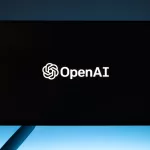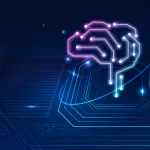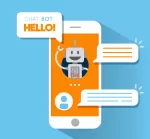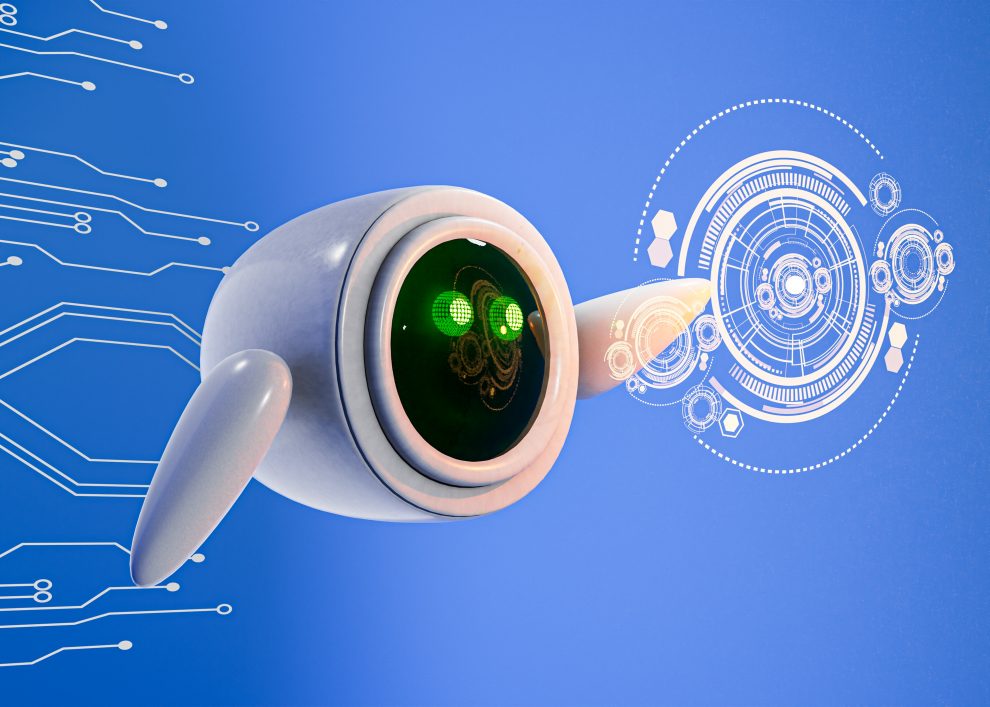In the realm of artificial intelligence, one captivating aspect that continually drives technological progress is AI advancements. This rapidly evolving field encompasses a wide range of breakthroughs, with Generative AI standing out as a prominent innovation. Generative AI has made remarkable strides in recent years, enabling machines to create human-like text, images, music, and more. In this blog post, we’ll delve into the latest AI advancements, focusing on Generative AI, explore its rising popularity, and discuss practical applications for individuals and businesses alike in the United States.
Generative AI refers to a subset of artificial intelligence that focuses on teaching machines to generate content that appears as if it were created by humans. Unlike traditional AI systems that are rule-based or rely on large datasets to make decisions, Generative AI models use neural networks to generate new and creative content autonomously. These neural networks are often structured as deep learning models, with some of the most famous examples being GPT (Generative Pre-trained Transformer) and various iterations of it, such as GPT-3 and GPT-4.
These Generative AI models can generate text, images, music, and even video by analyzing vast amounts of training data and learning patterns, nuances, and context. This capability makes them extremely versatile and valuable in a wide range of applications.
Why is Generative AI So Popular?
Generative AI has gained immense popularity for several reasons:
Creative Potential:
Generative AI is a remarkable tool for unleashing human creativity. It has the capability to produce content that is not only creative but also convincingly human-like. Artists, writers, and musicians are finding it to be a valuable source of inspiration and collaboration. For artists, these AI models can suggest new styles, generate novel concepts, or even assist in the creation of unique artworks. Writers can use it to overcome writer’s block or brainstorm plot ideas. Musicians, on the other hand, can explore AI-generated melodies and harmonies to craft original compositions that push the boundaries of their creativity. Generative AI is becoming an essential part of the creative process, complementing human ingenuity with its own brand of innovation.Content Generation:
In the business world, time is money, and Generative AI offers an efficient solution for content generation. Whether it’s product descriptions, marketing materials, or customer support responses, AI can produce high-quality content at a rapid pace. This not only saves time but also resources, as businesses can reduce the need for manual content creation or outsourcing. With the ability to tailor content to specific niches and demographics, companies can maintain a consistent brand voice while efficiently reaching their target audience, ultimately boosting their competitiveness in the market.Personalization:
The era of one-size-fits-all is long gone. Today, customers expect personalized experiences, and Generative AI can help businesses deliver just that. Chatbots powered by AI can engage customers in natural conversations, understanding their needs and preferences. Recommendation systems use AI algorithms to suggest products and services tailored to individual tastes, increasing the likelihood of conversion. This level of personalization not only improves customer satisfaction but also drives customer loyalty, as users feel understood and valued.Research Advancements:
In the realm of research, Generative AI is making significant contributions across various fields. It has played a pivotal role in drug discovery, helping researchers identify potential drug candidates by generating molecular structures. Protein folding simulations, a complex and critical task in biology, have been expedited with the aid of AI models, leading to breakthroughs in disease understanding and drug design. Climate scientists use Generative AI to simulate climate models, aiding in climate change prediction and mitigation efforts. Furthermore, the ability of AI to generate hypotheses and conduct simulations accelerates the pace of scientific discovery, reducing the time and resources required for experimentation.Entertainment and Gaming:
Generative AI has revolutionized the entertainment and gaming industries. Video game developers leverage AI to create realistic graphics, characters, and environments that immerse players in captivating virtual worlds. AI-driven procedural content generation can automatically generate game levels, ensuring endless replayability. In filmmaking, AI is used for tasks like visual effects, script analysis, and even generating screenplay ideas. The result is enhanced immersion for gamers and moviegoers, as AI contributes to the creation of visually stunning and engaging content.
How Can You Use Generative AI?
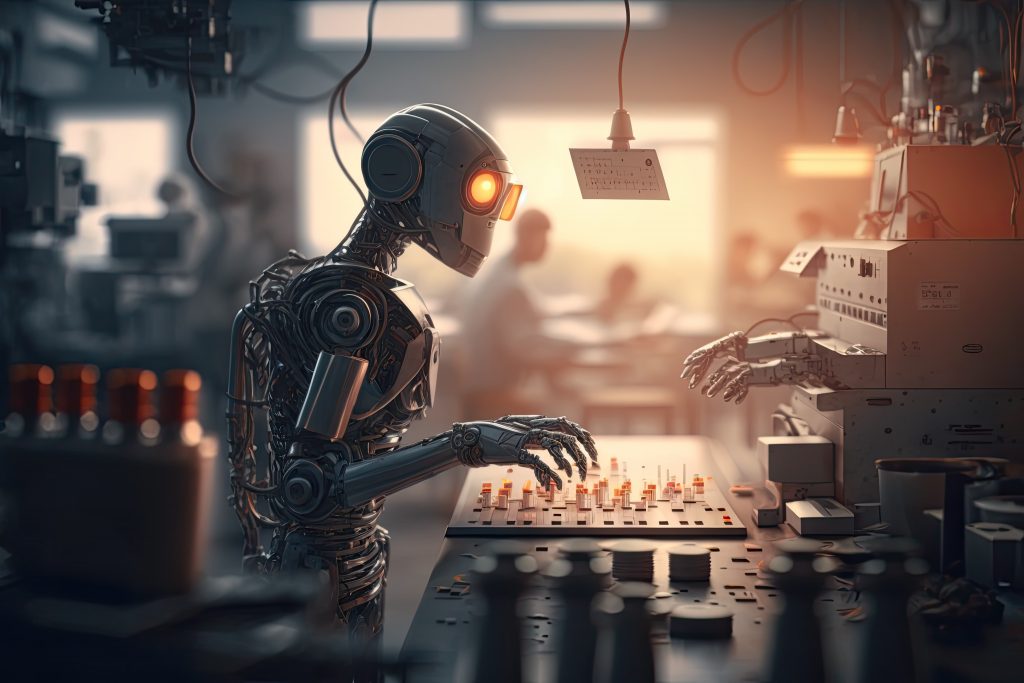
Certainly, let’s expand on each of these practical applications of Generative AI:
Content Generation:
Generative AI can be a game-changer for content creators. You can employ it to automatically generate blog posts, social media content, or product descriptions. Services like OpenAI’s GPT-3 can assist you in this endeavor by providing well-written, coherent content in a matter of seconds. This not only saves time but also ensures a consistent and high-quality output. Whether you run a blog, an e-commerce website, or manage social media accounts, Generative AI can be your reliable content generation partner.
Chatbots and Virtual Assistants:
Chatbots and virtual assistants have become indispensable tools for businesses to enhance customer service and engagement. By incorporating Generative AI into your website or app, you can create chatbots and virtual assistants that can handle customer inquiries with finesse. These AI-driven entities can provide information, troubleshoot issues, and engage in natural conversations with users. They can operate round the clock, ensuring your customers receive timely assistance, improving user satisfaction, and freeing up your human resources for more complex tasks.
Art and Creativity:
Generative AI is not limited to utilitarian applications; it’s also a playground for artists and creative professionals. If you’re an artist, musician, or writer, you can experiment with Generative AI to push the boundaries of your creativity. For instance, you can use AI to generate unique artwork, compose music, or even craft poetry. AI can act as both a collaborator and a source of inspiration. It can suggest new ideas, styles, or variations that you might not have considered, leading to innovative and thought-provoking creations.
E-commerce and Recommendations:
In the highly competitive world of e-commerce, personalization is key to attracting and retaining customers. Generative AI algorithms can be integrated into your platform to offer highly personalized product recommendations. By analyzing user behavior, purchase history, and preferences, these algorithms can suggest products tailored to each individual. This not only boosts sales but also enhances the overall shopping experience, making customers feel understood and valued.
Research and Data Analysis:
Data scientists and researchers can harness the power of Generative AI to streamline their work. In data science, Generative AI can assist in generating synthetic data for testing and refining machine learning algorithms. It can create realistic simulations of complex scenarios, aiding researchers in hypothesis testing and experimentation. This capability accelerates the pace of research and can lead to groundbreaking discoveries in various fields, from healthcare to environmental science.
Education and Learning:
Generative AI has immense potential in the realm of education. Educators can use it to create interactive learning materials, virtual tutors, or language learning apps that adapt to individual student needs. These AI-driven educational tools can personalize the learning experience, identifying areas where students struggle and providing targeted support. They can offer instant feedback, making learning more engaging and effective. Additionally, AI-generated content can help bridge the gap in access to education by providing resources in multiple languages and formats.
Also Read: “Data-Driven Decision Making with Generative AI: A Key Pillar of Digital Transformation “
Transforming Creativity with Generative AI: Applications and Innovations
These are the few examples of the many ways that generative AI is being used today. As the technology continues to develop, we can expect to see even more innovative and groundbreaking applications of generative AI in the years to come:
DALL-E 2:
DALL-E 2 is an impressive generative AI model developed by OpenAI. It takes text descriptions as input and generates highly detailed and realistic images based on the provided descriptions. For instance, if you give it the text “a cat riding a skateboard,” DALL-E 2 will create an image that remarkably captures this imaginative scene. This technology has potential applications in graphic design, advertising, and storytelling, enabling creators to visualize their ideas effortlessly.DeepDream:
DeepDream is a generative AI model developed by Google that creates surreal and psychedelic images by applying various filters to existing images. It uses a neural network to enhance patterns and features within images, often resulting in visually captivating and dreamlike compositions. While initially developed for artistic purposes, DeepDream has found applications in art exhibitions, visual effects, and even fashion design.GANs (Generative Adversarial Networks):
GANs have gained widespread popularity as versatile generative AI models. They consist of two neural networks, a generator and a discriminator, which compete against each other. GANs can be used to generate realistic images, text, and music. In art, GANs have been employed to create unique artwork, and in the fashion industry, they have generated new clothing designs. GANs also have applications in image-to-image translation, such as converting a sketch into a detailed image.VQGAN+CLIP:
VQGAN+CLIP is another remarkable generative AI model that combines a vector quantization module (VQ-VAE-2) and a Contrastive Language-Image Pretraining (CLIP) model. This combination allows it to generate images that are not only realistic but also creative and semantically meaningful. By providing text prompts, users can guide VQGAN+CLIP to create images that align with their creative vision. This technology has potential applications in digital art, storytelling, and content generation.
Conclusion
Generative AI has emerged as a transformative force with a wide array of applications in the United States and around the world. Its popularity stems from its ability to mimic human creativity, generate content, and assist in various domains. As this technology continues to advance, it opens up exciting opportunities for individuals, businesses, and researchers alike to harness its power and drive innovation in their respective fields. Whether you’re an artist seeking inspiration or a business owner looking to automate tasks, Generative AI offers a world of possibilities waiting to be explored.







